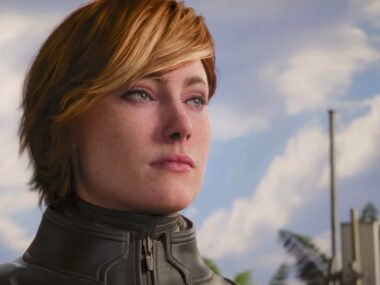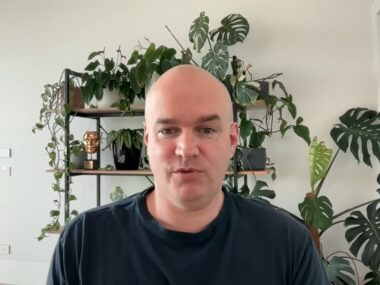Nintendo’s legal war against Palworld was hit with its first setback. One of the company’s monster-capture patents (application 2024-031879) was rejected by the Japan Patent Office (JPO) for lacking originality.
The non-final refusal came on October 17, 2025. The JPO examiner rejected the application under Patent Act Article 29(2). This blocks patents that would have been obvious to someone skilled in the field.
They determined the patent’s gameplay elements were already present in older titles like ARK: Survival Evolved, Monster Hunter 4, Craftopia, Kantai Collection. Interestingly, the JPO even mentioned Pokémon GO as an example that predates Nintendo’s December 2021 priority date.
Why This News Is Important
Currently, the decision doesn’t affect Nintendo’s patent infringement lawsuit against Pocketpair. It does damage Nintendo’s argument that the monster-capture system is something that’s unique to the Pokémon franchise only.
The rejected patent sits at the heart of its “monster-capture” patent family. The same cluster of patents Nintendo is using to accuse Palworld of infringement. If the JPO rejected one of these patents, it could lead to scrutiny over the other patents Nintendo has filed.
Patent families like this share technical DNA. Two of Nintendo’s other patents in the same lineage (JP7493117 and JP7545191) are already being challenged in the lawsuit. The JPO’s refusal could strengthen Pocketpair’s argument that none of these patents should have been approved in the first place.
Keep in mind that the rejection isn’t binding on the Tokyo District Court. However, Japanese judges often pay attention to the reasoning behind these office actions. If the patent examiners see the claims as dubious, the court may become more skeptical towards Nintendo’s accusations.
The Limits of Patent Power
Nintendo’s argument has always been more about control. The publisher doesn’t want any other game to come close to competing with Pokémon. So they’ll try to patent the “capture, collect, and battle” mechanic to lock down an entire genre. The JPO’s decision points out that these mechanics aren’t new.
ARK had pod-throwing mechanics and status-based incapacitation long before Nintendo filed this patent. Monster Hunter has combat-driven capture with resource management. Even Kantai Collection featured gauge-reduction systems similar to the ones Nintendo claimed as unique. The JPO said what most gamers already know. You can’t patent an idea that’s been living in games for years.
What Will Nintendo’s Next Move Be?
Nintendo still has options. It can amend its claims or try to challenge the prior art. They could also appeal to Japan’s Intellectual Property High Court. Amending the claims could weaken the patent’s usefulness in court. Appealing could lead to more problems if the rejection is upheld. Abandoning the application would send a message that the company’s legal strategy is failing.
Either way, Pocketpair has ammunition. The studio can use the JPO’s findings as evidence that Nintendo’s patents aren’t unique.
Gamers are relieved by the news of the JPO’s rejection. There’s been concern that Nintendo’s aggressive patent filing would cause developers to stir clear of the monster-hunting genre to avoid a lawsuit. A lot of people are afraid that Nintendo will set a precedent that will stifle creativity.
Now there’s hope that the cracks in Nintendo’s strategy and the courts will rule against them. How can Pocketpair steal game mechanics from Pokémon when Nintendo never owned them to begin with?






